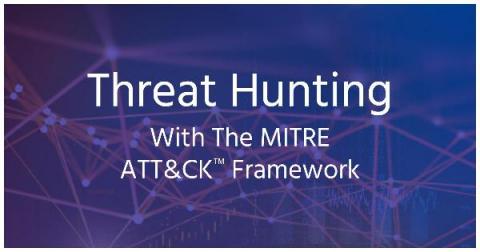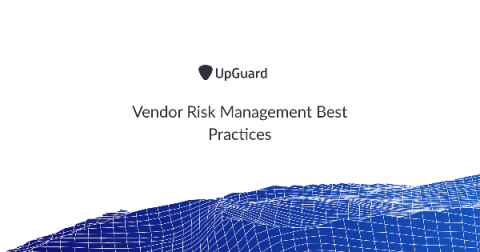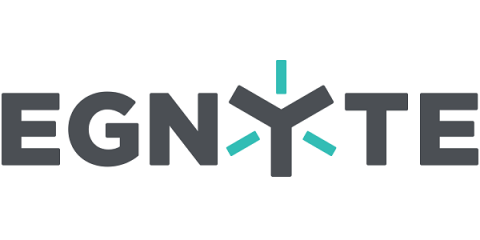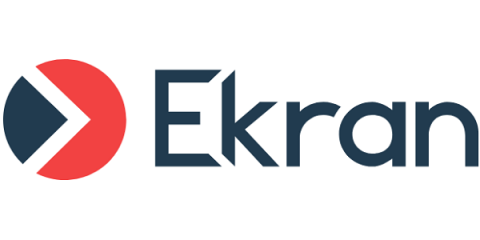FUD-free analysis: Natural language processing (NLP)
If you follow me on Medium or Twitter, you may already be aware. Still, if you don’t (I assure you that you’re missing out), I have been researching several technologies in preparation for an OPSEC/Anti-OSINT tool that I am crafting. I am using this tool as a means to push myself harder to learn something new that I can apply professionally. I am also doing this to be able to make a positive difference in the world.










